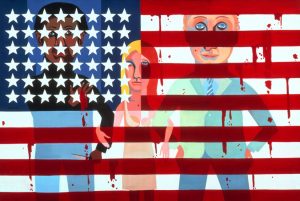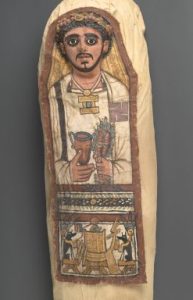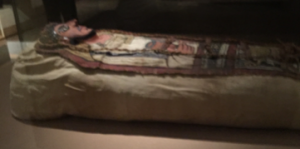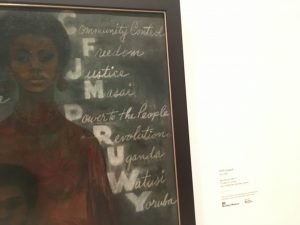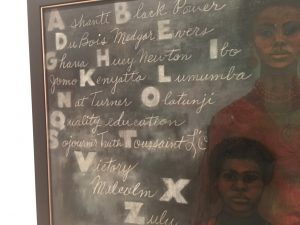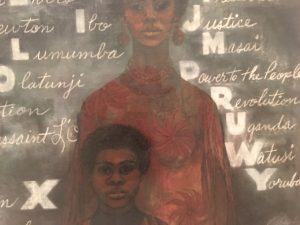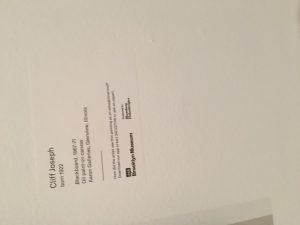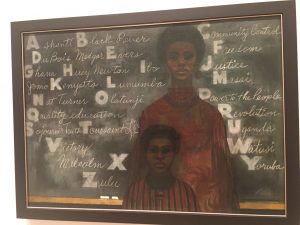The first unit of Art 1010 taught me a lot about the fundamentals of art and how one can interpret a piece of art work. The two main topics that we focus on throughout the unit were Critical Pedagogy and Formal Analysis. Critical Pedagogy was established in 1968 thanks to the publishing of Paolo Freire’s “Pedagogy of the Oppressed”. Critical Pedagogy is the ideal form of teaching in which the students are equal to the teachers instead of being under them. This ideal form of teaching gives the students freedom to question their teachers about what they are being taught instead of them just sitting quietly without actually comprehending what they are taught, this improper way of teaching is known as the Banking Model.
The Banking Model is the complete opposite of Critical Pedagogy. The Banking Model is a form of teaching in which the teacher deposits information into the students who are empty vessels patiently waiting to receive, memorize, and repeat the information they have been given. Paolo Freire, along with others, believed that the Banking Model was an improper way of teaching because the students never actually gain any knowledge from the information they are given. Instead of actually learning and comprehending what they are taught they take the information they are given, memorize it and use it to get good grades on test. Once they are done with the test and no longer need the information they forget about it and instead focus on other information that they’ll need for another test later on, this is a cycle that is repeated constantly in the Banking Model. Although it has been half a century since Critical Pedagogy was established it is still important to me and others in society today since improper forms of teaching, such as the banking model, are still being used today. Schools and society in general still have the mindset that the higher GPA that someone has the smarter they are but in reality this isn’t true since someone’s GPA measures how well they do in school not how intelligent they truly are.
Formal Analysis was another one of our main focuses throughout this unit. Formal Analysis is when someone tries to understand what the artist is wanted to portray in their work. By using features of a piece of art such as color, line, scale, contrast, position, material, illusion, space and mass we can try to understand what an artist tried to convey in their creation. An example of formal analysis is when we observe the colors used in a piece of art. Artist use cold colors, such as blue and grey, to portray a negative/sad mood and them also use warm colors, such as red and orange, to portray a positive/happy mood. A different type of analysis that can be connected to Formal Analysis is Contextual Analysis. Contextual Analysis is when someone uses external resources such as articles, other works of art, journals, and artist writings to try and understand what a certain piece of art is about. These external resources can also be used to gather information about when a piece of art was created and what the artist wanted to convey to others about the era they in which they their artwork off.
